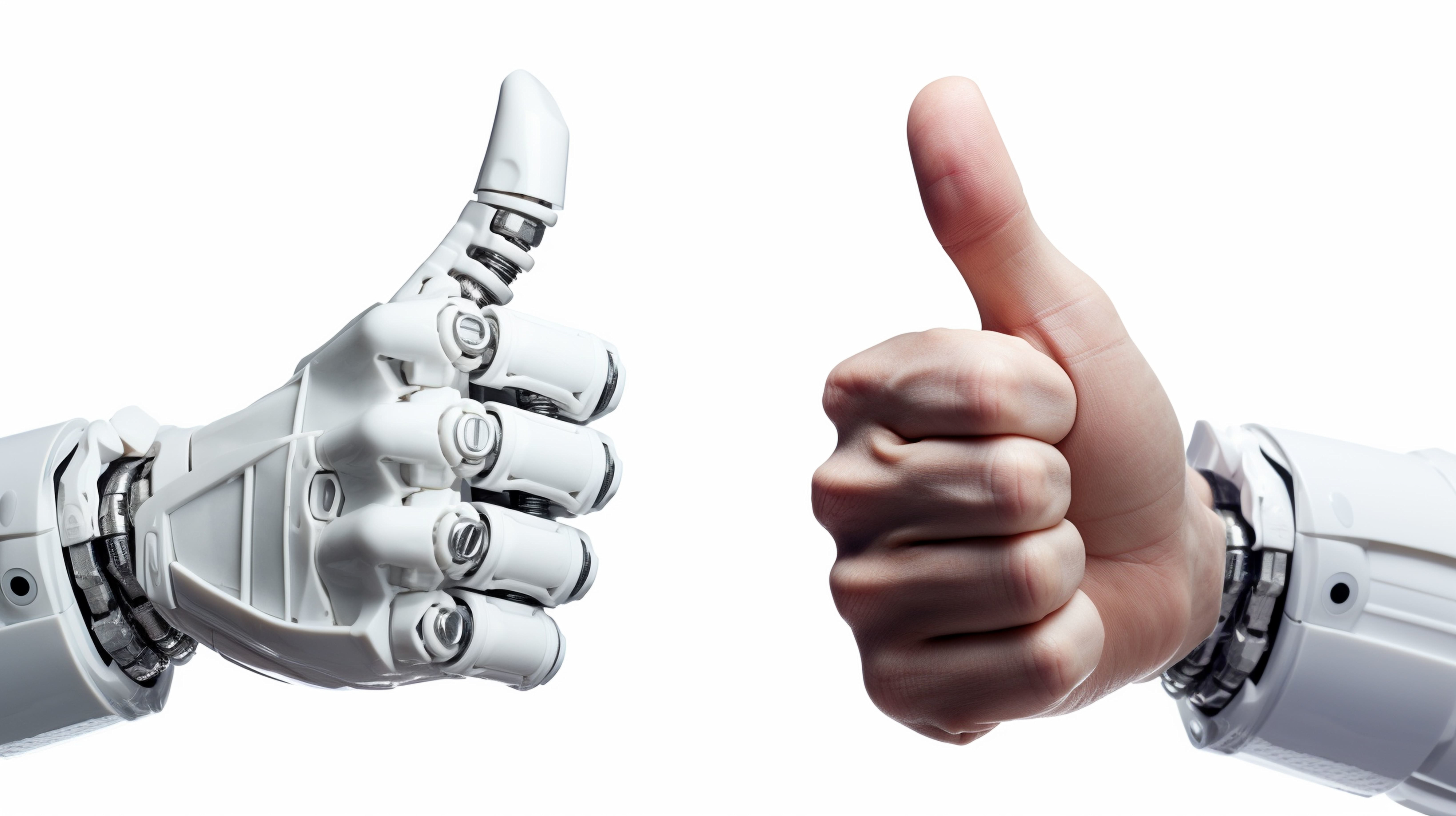Reinforcement Learning from Human Feedback
Reinforcement Learning from Human Feedback
Can AI learn to match human values? Reinforcement Learning from Human Feedback shapes AI with human input, making chatbots and content more trustworthy and effective for complex needs.
What is Reinforcement Learning from Human Feedback?
Reinforcement Learning from Human Feedback (RLHF) is a way to train AI, especially chatbots or language models, to better match what humans want. Instead of just following set rules, it uses human opinions—like saying which response is better—to guide the AI. This helps make AI more helpful, safe, and aligned with our values, especially for tasks where goals are hard to define, like making a joke funny.

How Does Reinforcement Learning from Human Feedback Work?
RLHF begins with a pre-trained AI, such as one skilled in text generation. Then, humans give feedback by ranking or rating the AI’s outputs, like picking the best answer to a question. This feedback trains a "reward model" to score how good an output is. Finally, the AI is fine-tuned using reinforcement learning, where it tries to maximize the reward scores, often using a method called Proximal Policy Optimization (PPO). This process repeats to make the AI better over time.
Key Features
RLHF trains AI to match human preferences. It uses a reward model to learn from human feedback, like rankings or scores, so the AI improves without needing constant human input. RLHF works for many tasks, like making chatbots or guiding robots, where human judgment matters.
Benefits
It makes AI safer and more helpful, such as stopping chatbots from giving harmful answers. It can handle tricky goals, like being creative or truthful, which are hard to program. RLHF also saves resources by needing less data, though human feedback can be expensive.
Use Cases
RLHF trains AI, especially chatbots, to match human preferences using feedback like rankings or scores. It improves tools like ChatGPT and InstructGPT, making them safer and more helpful by avoiding harmful responses and providing useful, ethical answers. In content creation, RLHF helps AI-generated text, such as articles or stories, stay aligned with human values, free from bias or offensive content. It also enhances dialogue systems, like customer service bots, to make conversations more natural and reliable. RLHF is particularly useful when human preferences are hard to define, allowing AI to be creative or truthful in complex tasks.
Types of Reinforcement Learning from Human Feedback
RLHF comes in different forms based on how feedback is gathered and used.
Preference-Based
In this method, people compare AI outputs, like choosing which chatbot response is better, to make it more helpful or clear, ideal for complex tasks
Direct Rating
It has humans score outputs on a scale, like 1 to 10, for detailed feedback, but it takes more work, perfect for fine-tuning.
Binary Feedback
This type uses simple “good” or “bad” labels, making it easy for quick tasks like spotting unsafe content.
Task-Specific
Task-specific RLHF focuses feedback on particular jobs, like summarizing texts or answering questions accurately, needing experts for specialized results.
Hybrid
Hybrid mixes these methods or adds other techniques, offering flexibility for varied tasks but can be more complex.
Choosing the Right Reinforcement Learning from Human Feedback
Picking the right RLHF method depends on what you’re working on. Binary feedback RLHF works for simple tasks like content filtering. Direct rating RLHF suits detailed needs, like creativity, but takes more effort, while preference-based or binary feedback is quicker. Task-specific RLHF needs experts for specialized tasks like medical Q&A, while preference-based or hybrid RLHF fits general tasks. Hybrid and rating-based methods use more computing power; binary feedback is lighter. To choose, define your goal (e.g., safety), check feedback availability, start simple with binary feedback, and scale up, balancing effort and automation.